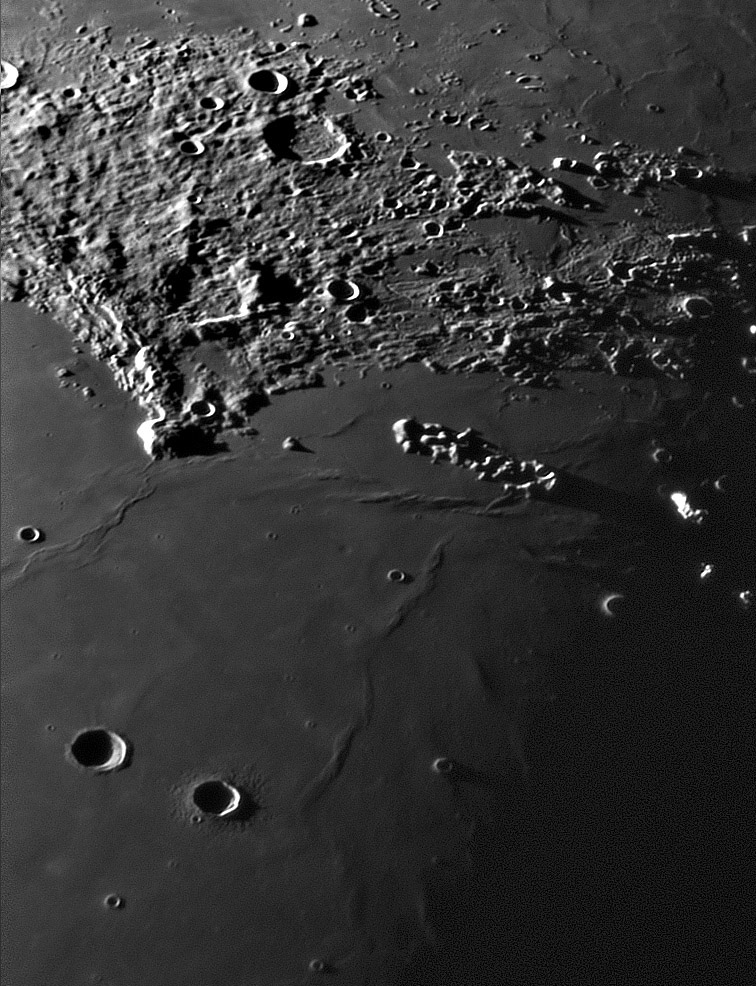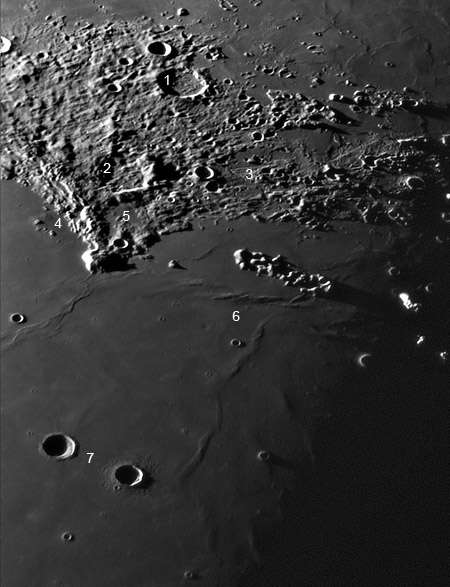Difference between revisions of "March 25, 2012"
| Line 1: | Line 1: | ||
__NOTOC__ | __NOTOC__ | ||
=Nw Imbrium Tour= | =Nw Imbrium Tour= | ||
| − | |||
<!-- ws:start:WikiTextHeadingRule:0:<h1> --> | <!-- ws:start:WikiTextHeadingRule:0:<h1> --> | ||
<table class="wiki_table"> | <table class="wiki_table"> | ||
<tr> | <tr> | ||
<td><!-- ws:start:WikiTextLocalImageRule:14:<img src="http://lpod.wikispaces.com/file/view/LPOD-Mar25-12.jpg/314268646/LPOD-Mar25-12.jpg" alt="" title="" /> -->[[File:LPOD-Mar25-12.jpg|LPOD-Mar25-12.jpg]]<!-- ws:end:WikiTextLocalImageRule:14 --><br /> | <td><!-- ws:start:WikiTextLocalImageRule:14:<img src="http://lpod.wikispaces.com/file/view/LPOD-Mar25-12.jpg/314268646/LPOD-Mar25-12.jpg" alt="" title="" /> -->[[File:LPOD-Mar25-12.jpg|LPOD-Mar25-12.jpg]]<!-- ws:end:WikiTextLocalImageRule:14 --><br /> | ||
| − | <em>image by [mailto:jocelyn.serot@wanadoo.fr Jocelyn Sérot], France</em><br /> | + | <em>image by [mailto:jocelyn.serot@wanadoo.fr" rel="nofollow Jocelyn Sérot], France</em><br /> |
</td> | </td> | ||
<td><!-- ws:start:WikiTextLocalImageRule:15:<img src="http://lpod.wikispaces.com/file/view/LPOD-Mar25b-12.jpg/314268742/LPOD-Mar25b-12.jpg" alt="" title="" /> -->[[File:LPOD-Mar25b-12.jpg|LPOD-Mar25b-12.jpg]]<!-- ws:end:WikiTextLocalImageRule:15 --><br /> | <td><!-- ws:start:WikiTextLocalImageRule:15:<img src="http://lpod.wikispaces.com/file/view/LPOD-Mar25b-12.jpg/314268742/LPOD-Mar25b-12.jpg" alt="" title="" /> -->[[File:LPOD-Mar25b-12.jpg|LPOD-Mar25b-12.jpg]]<!-- ws:end:WikiTextLocalImageRule:15 --><br /> | ||
| Line 16: | Line 15: | ||
</table> | </table> | ||
<br /> | <br /> | ||
| − | <em>[mailto:tychocrater@yahoo.com Chuck Wood]</em><br /> | + | <em>[mailto:tychocrater@yahoo.com" rel="nofollow Chuck Wood]</em><br /> |
<br /> | <br /> | ||
<strong>Technical Details</strong><br /> | <strong>Technical Details</strong><br /> | ||
Revision as of 21:29, 4 January 2015
Nw Imbrium Tour
 image by " rel="nofollow Jocelyn Sérot, France |
 Images of compact regions - an eyepiece full at moderate to high power - often reveal numerous related landforms. See if you can determine the process that ties all of these - except for one - together. Item 1 is the 37 km wide, 1.5 km deep La Condamine, one of the few floor-fractured craters associated - by proximity - with Mare Frigoris. Telescopic views hint at the inner ring of mountains, and LRO orbital images reveal a nearly complete circle of rilles and fractures that cut the mountains. Maupertius (#2) has been strongly modified by ejecta from the Sinus Iridum crater and perhaps from Imbrium. Its western rim was overrun by ejecta, which also appears as ridges across its shallowed floor. The nearby Maupertius Rille (#3) is one of 3-5 that cut the mountainous ejecta that extends from Plato westward. Using the LRO Path tool I measured the rille to be ~50 km long and to descend 400 m as it winds from north to south. The LRO Quick-Map also shows another similar rille just to the east but the two do not appear to join. This rille is 30 km long, dropping 500 m in elevation. A third nearby, 9 km long rille extends to the north, suggesting that this was a significant lava source area. |
" rel="nofollow Chuck Wood
Technical Details
Sept 24, 2011, 4:35 UT. T200 Newton, Barlow 3x
Related Links
Rükl plate 11



